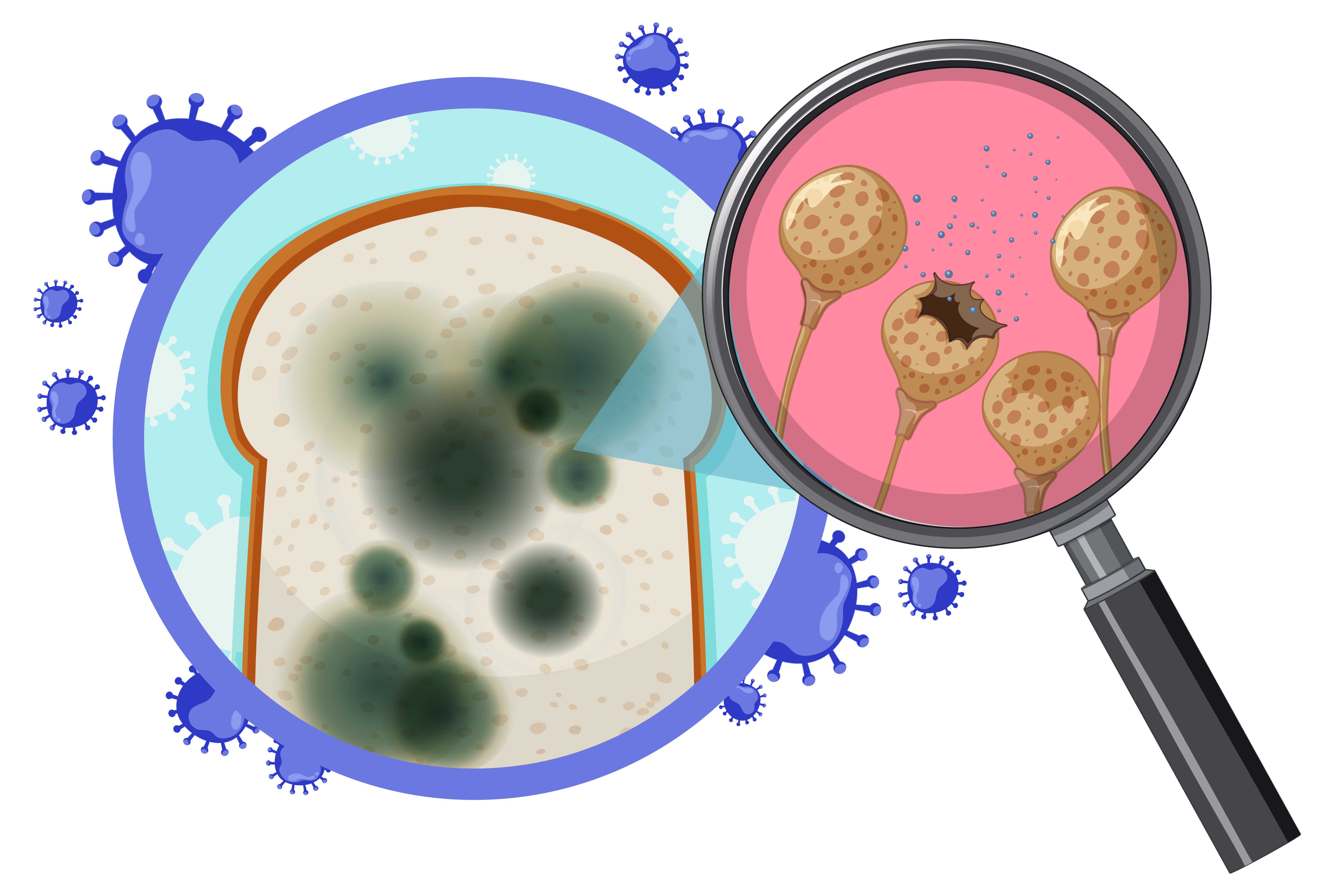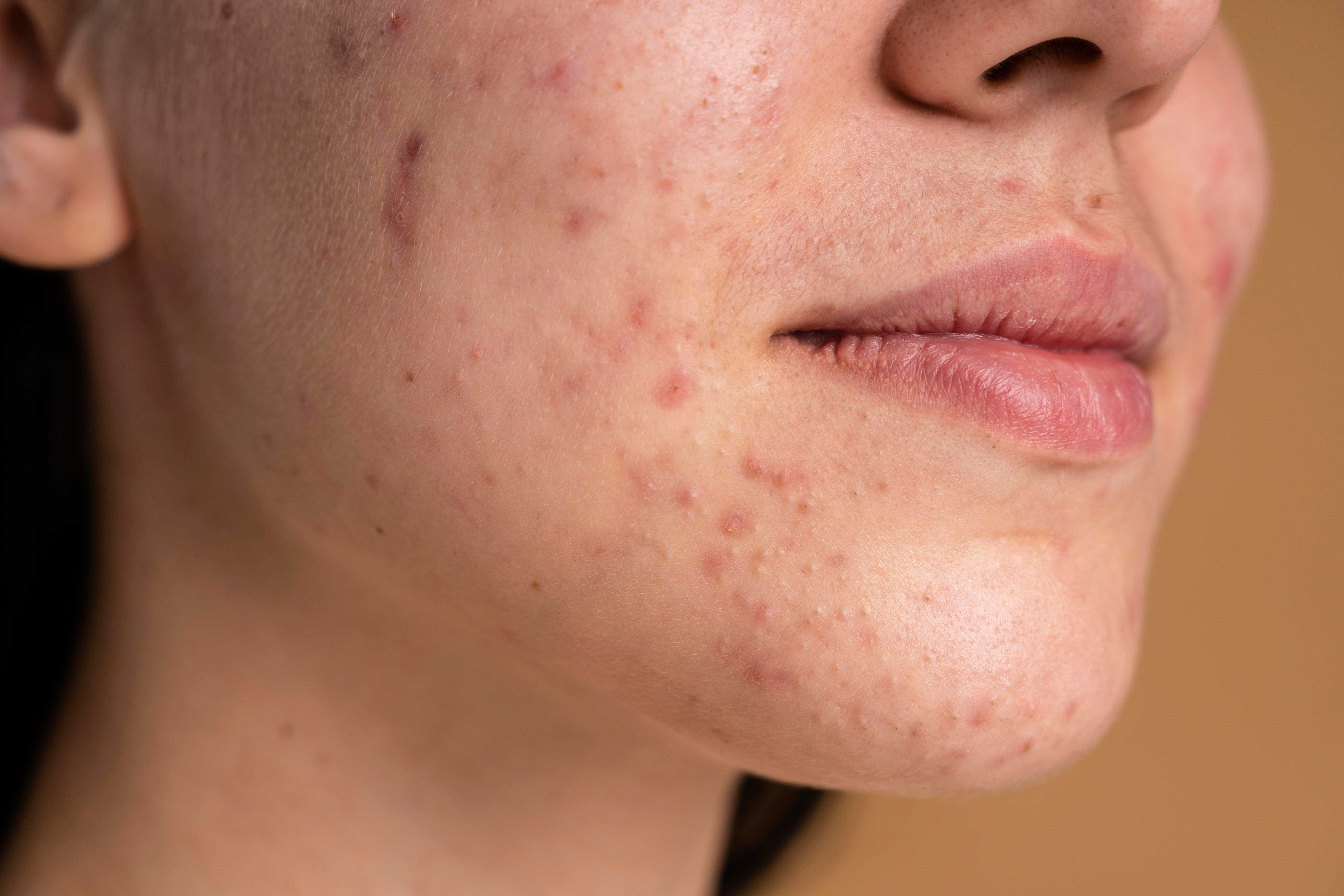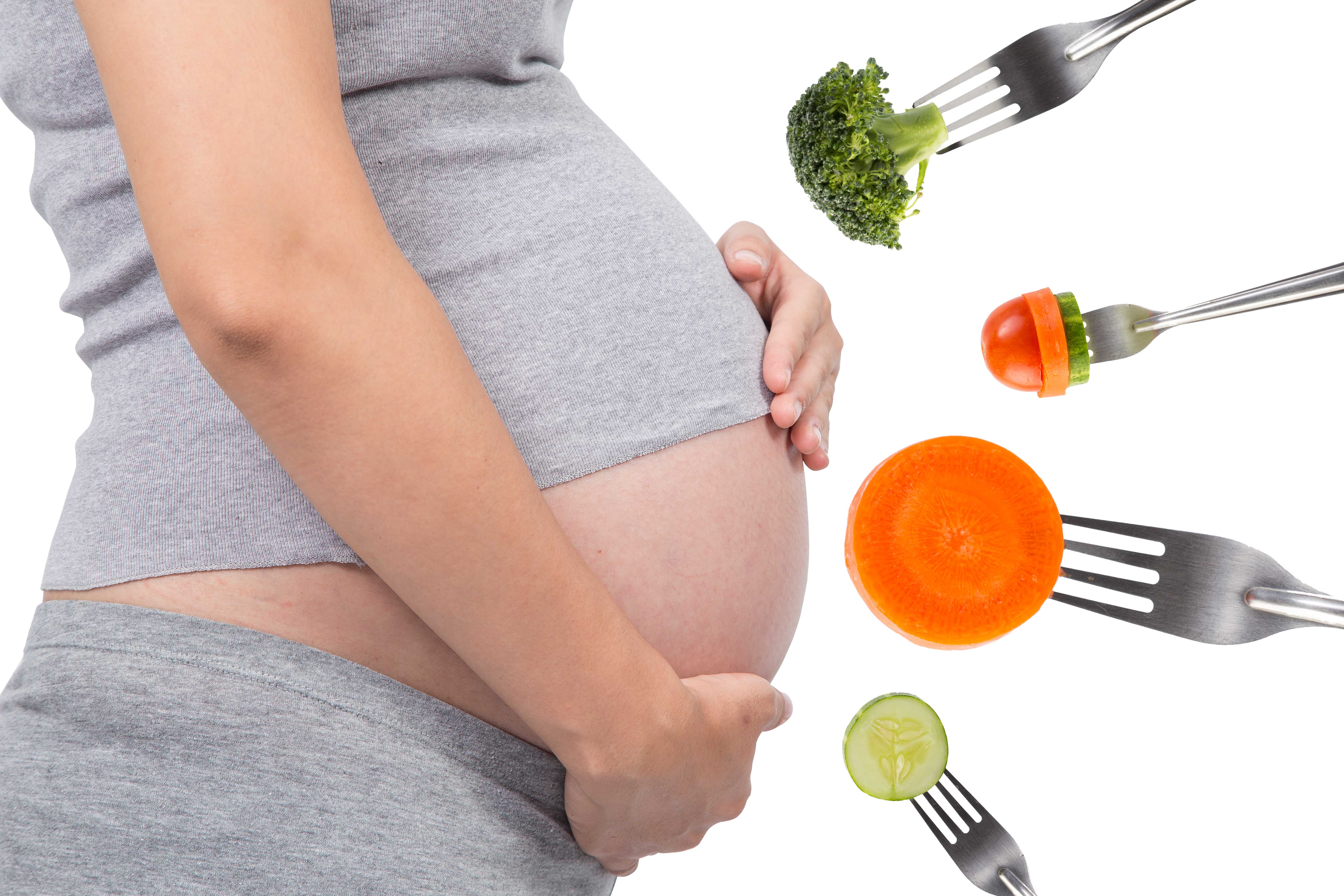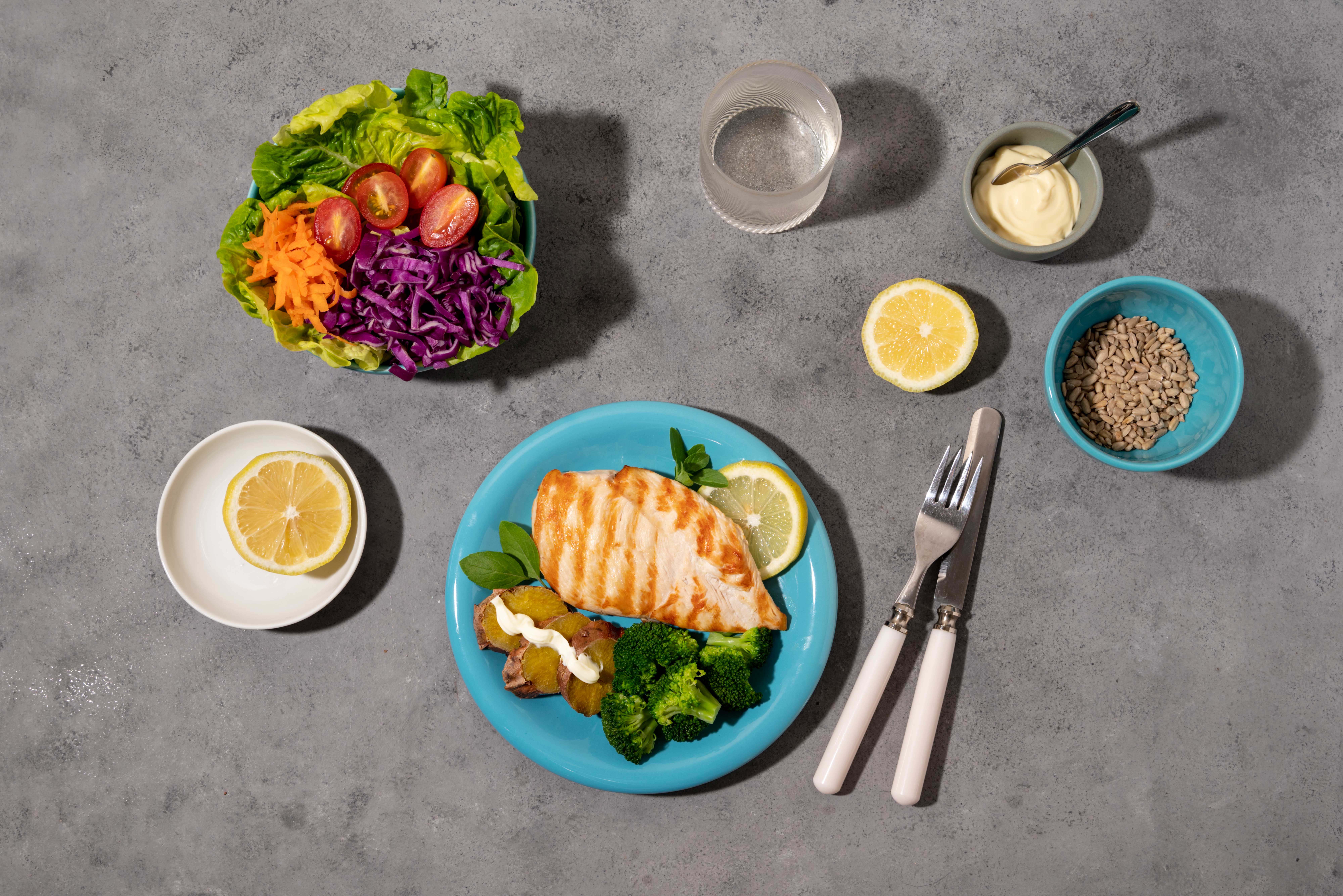AFLATOXINS, THE HIDDEN POISON IN FOOD
"Aflatoxins pose a great danger to food safety."

What is aflatoxin?
Aflatoxin formation
In which foods is aflatoxin found?
Protection from aflatoxins
Contamination of food with aflatoxins
Ingestion and effects of aflatoxins
Aflatoxin poisoning
Detoxification of aflatoxins
Aflatoxin studies
Aflatoxin analysis
Legal regulations on aflatoxins
Misconceptions
Summary
Açu M ve ark. Gıdalarda Aflatoksin Düzeylerinin Belirlenmesinde Kullanılan Analiz Yöntemleri. Sinop Üniversitesi Fen Bilimleri Dergisi (2019). https://dergipark.org.tr/tr/download/article-file/890233
Akçadağ F. Gıda Maddelerinde Aflatoksin Tayini Yeterlilik Testi Raporu. Rapor No KAR-G3RM-510.2014.02, TÜBİTAK UME (2014). https://www.ume.tubitak.gov.tr/sites/images/14032.pdf
Çelik D. Kuru İncirlerde Aflatoksin ve Okratoksin A Varlığının Belirlenmesi, Yüksek Lisans Tezi (2022). http://earsiv.hitit.edu.tr/xmlui/handle/11491/8355
Çinlioğlu S. Erzurum İline Ait Geleneksel Küflü Peynirlerinde Total Aflatoksin ve Aflatoksin M1 Varlığının Araştırılması, Yüksek Lisans Tezi (2017). https://acikbilim.yok.gov.tr/bitstream/handle/20.500.12812/120868/yokAcikBilim_1 0 168526.pdf?sequence=-1&isAllowed=y
Demirer B ve ark. Aflatoksinlerin Anne ve Çocuk Sağlığına Etkileri. Kocatepe Tıp Dergisi (2021). https://dergipark.org.tr/en/download/article-file/1148130
Demirhan B ve ark. Bebek Gıdalarında Aflatoksin Varlığının Önemi. Gazi Üniversitesi Sağlık Bilimleri Dergisi (2017). https://dergipark.org.tr/tr/download/article-file/332609
Duishemambet KA. Aflatoksin B1’in Biyolojik Parçalanmasında Manyetik Nanopartiküllerine Tutuklanmış Morchella Esculenta Kullanımının Araştırılması, Yüksek Lisans Tezi (2021). https://gcris.pau.edu.tr/bitstream/11499/38375/1/10380888.pdf
Geçdağ E ve ark. Kuru İncirin İşlenmesi, Kalite Problemleri ve Gıda Endüstrisinin Geliştirdiği Yenilikçi Yöntemler. Yılmaz Akademik Gıda (2019). https://dergipark.org.tr/en/download/article-file/856673
Gülöksüz Şahin N. Geleneksel metotlar ile üretilen domates ve biber salçalarında aflatoksin risk profilinin değerlendirilmesi (Master's thesis, Bilecik Şeyh Edebali Üniversitesi, Fen Bilimleri Enstitüsü). (2021). https://acikkaynak.bilecik.edu.tr/xmlui/bitstream/handle/11552/2055/10402730.pdf?sequence=1&isAllowed=y
Gürhayta O ve ark. Kurutulmuş meyvelerde aflatoksin ve okratoksin a varlığının ve sağlık üzerine etkilerinin değerlendirilmesi. Celal Bayar University Journal of Science (2015). https://dergipark.org.tr/tr/download/article-file/221116
Hilal K ve ark. Ülkemizde ve Dünyada Süt ve Süt Ürünlerinde Aflatoksin M1 Varlığı. Atatürk University Journal of Agricultural Faculty (2022). https://dergipark.org.tr/en/download/article-file/1973627
Karaosmanoğlu H. Farklı Ambalaj Materyallerinin Depolanan Fındıkların Geometrik ve Renk Özellikleriyle Aflatoksin Oluşumuna Etkisi. Anadolu Tarım Bilimleri Dergisi (2023). https://dergipark.org.tr/tr/download/article-file/2982628
Karaoğlan H ve ark. Ülkemizde ve dünyada süt ve süt ürünlerinde aflatoksin M1 varlığı. Atatürk Üniversitesi Ziraat Fakültesi Dergisi (2022). https://dergipark.org.tr/en/download/article-file/1973627
Kayabaşı İ. Kuru Meyve İhracatında Aflatoksin Sorunu ve Avrupa Birliği Uygulamaları. Gıda Tarım ve Hayvancılık Bakanlığı AB Uzmanlık Tezi, Ankara. (2015). https://www.tarimorman.gov.tr/ABDGM/Belgeler/%C4%B0DAR%C4%B0%20%C4%B0%C5%9ELER/Uzmanlik%20Tez%20may%C4%B1s%202015/%C4%B0lknur%20Kayabasi. pdf
Madalı B ve ark. Süt ve Süt Ürünlerinde Aflatoksin M1: Maruziyet ve Sağlık Riskleri. H.Ü. Sağlık Bilimleri Fakültesi Dergisi (2017). https://dergipark.org.tr/tr/download/article-file/323361
Polat S. Antep Fıstığında Aflatoksin ve Okratoksin Oluşumu, Ağaç Altı ve Fiziksel Kusurlu Meyvelerin Etkileri, Doktora tezi (2023). http://acikerisim.harran.edu.tr:8080/jspui/bitstream/11513/3519/1/seyfettin%20pol at-doktora%20tezi%28CD%29.pdf
Singh U et al. A Review Study on Biological Ill Effects and Health Hazards of Aflatoxins, Asian Journal of Advances in Medical Science (2021). http://science.sdpublishers.org/id/eprint/1918/1/SINGH312020AJOAIMS644.pdf
Şahin N ve ark. Geleneksel Metotlar ile Üretilen Domates ve Biber Salçalarında Aflatoksin Risk profilinin Değerlendirilmesi, Yüksek Lisans Tezi (2021). https://acikkaynak.bilecik.edu.tr/xmlui/bitstream/handle/11552/2055/10402730.pdf?sequence=1&isAllowed=y
Tunç M. Ozonlama İşleminin Kontamine Çiğ Fındıkların Aflatoksin Detoksifikasyonuna ve Fizikokimyasal Özelliklerine Etkileri. Yüksek Lisans Tezi (2019). https://acikerisim.nku.edu.tr/xmlui/handle/20.500.11776/3650
Ulutaşdemir T. Williopsis Saturnus Var. Saturnus İçeren Yenilebilir Kaplamanın Yer Fıstığında Aflatoksin Oluşumu Üzerine Etkisi. Yüksek Lisans Tezi (2019). https://acikerisim.sakarya.edu.tr/bitstream/handle/20.500.12619/79232/T07806.pdf?sequence=1
Williams JH et al. Human aflatoxicosis in developing countries: A review of toxicology, exposure, potential health consequences, and interventions. Am J Clin Nutr (2018). https://www.sciencedirect.com/science/article/pii/S000291652203667X?via%3Di hub
Yentür G ve ark. Gıdalarda aflatoksin varlığının değerlendirilmesi. Türk Hijyen ve Deneysel Biyoloji Dergisi (2012). https://jag.journalagent.com/turkhijyen/pdfs/THDBD_69_1_0.pdf#page=53













































